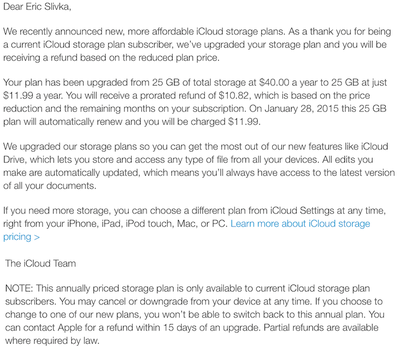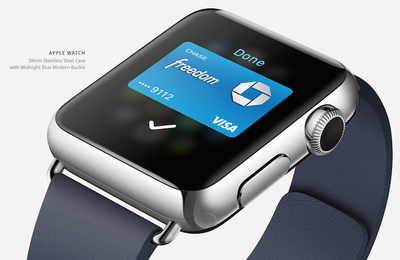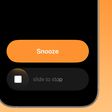Apple may launch a new ultra-high definition 27-inch monitor later this year, according to LCD market research firm WitsView (via Digitimes). The firm claims that the display will boast a 5120 x 2880 resolution, which would be significantly higher than the 2560 x 1440 resolution found on the current Apple Thunderbolt Display.
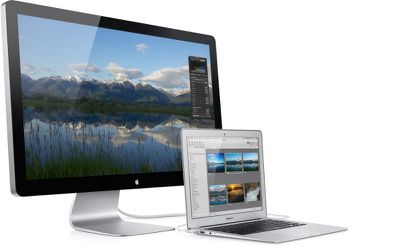
However, it is unknown as to how exactly Apple would power such a high resolution display with the current DisplayPort 1.2 standard used in Thunderbolt 2. A number of Apple's computers including the Mac Pro (late 2013), 27-inch iMac (late 2013), and Retina MacBook Pro (late 2013 and mid 2014) are able to power 4K displays with one Thunderbolt port, but can only do so at designated refresh rates.
It is more likely that Apple would release a new monitor with a "Cinema 4K" resolution of 4096 x 2160, which is the maximum supported resolution by the DisplayPort 1.2 standard. Such a monitor would also be able to take advantage of the 20 Gbps data transfer rate of Thunderbolt 2 to stabilize performance at a high resolution.
An 27-inch 5K ultra high-definition monitor from Apple would also come after Dell's 5K display, which was announced last month and boast a 5120 x 2880 resolution at 218 pixels per inch. It is also unknown as to what technology Dell with use to power the monitor, although AnandTech speculates that the company may use Multi-Stream Transport (MST) to stitch together two 2560 x 2880 panels in order to provide 5120 pixels horizontally.
Apple's Thunderbolt Display debuted nearly three years ago, although it is hard to predict when the company will unveil a new monitor based the erratic upgrade cycle of past displays. In addition to a higher-resolution screen, a new Apple display would also likely feature an iMac-like design and USB 3.0.


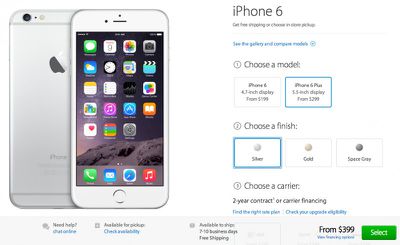
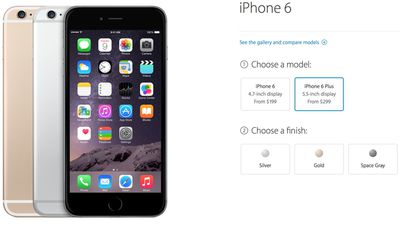
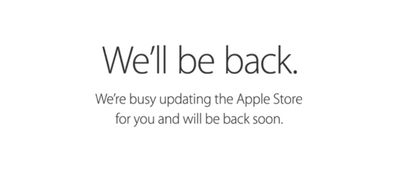
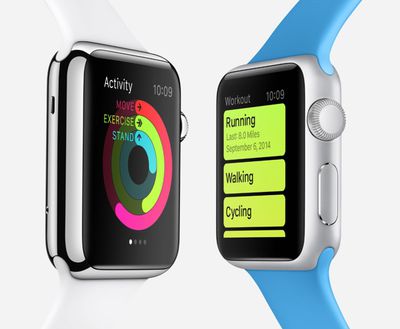
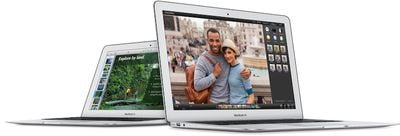
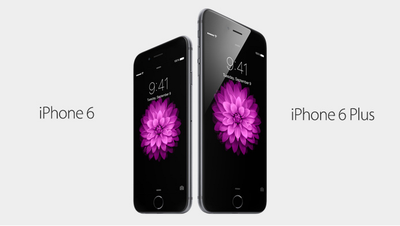
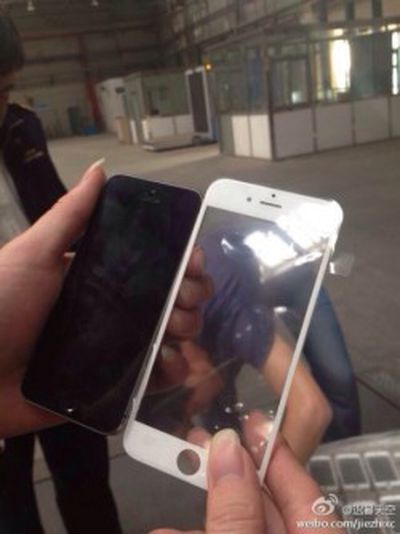 One of the biggest rumors for the iPhone 6 was a new sapphire display cover courtesy of Apple's
One of the biggest rumors for the iPhone 6 was a new sapphire display cover courtesy of Apple's 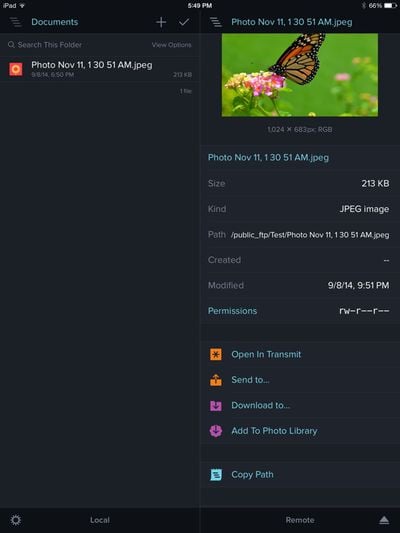
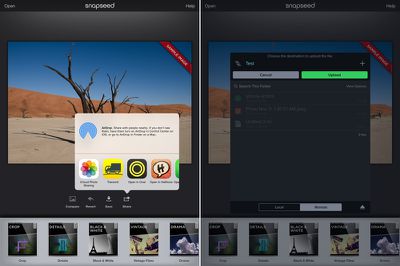
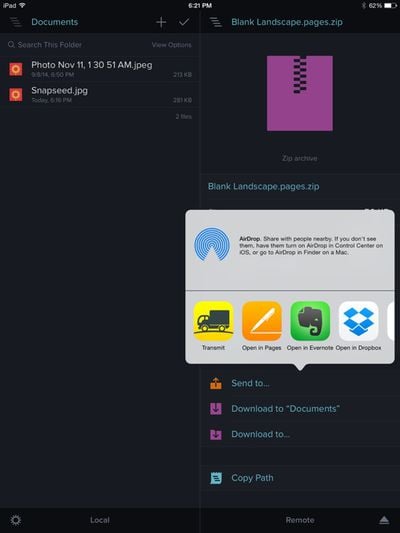

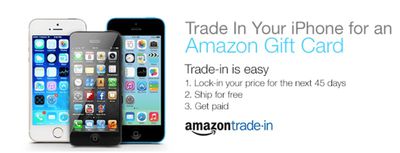
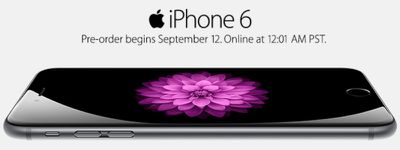

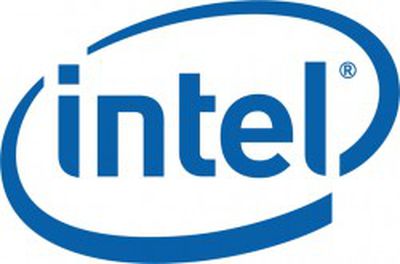 Intel is hoping Apple will turn to the California company for the cellular baseband hardware in future mobile products, says Intel Korea President Lee Hee-sung in a statement reported by the
Intel is hoping Apple will turn to the California company for the cellular baseband hardware in future mobile products, says Intel Korea President Lee Hee-sung in a statement reported by the 

